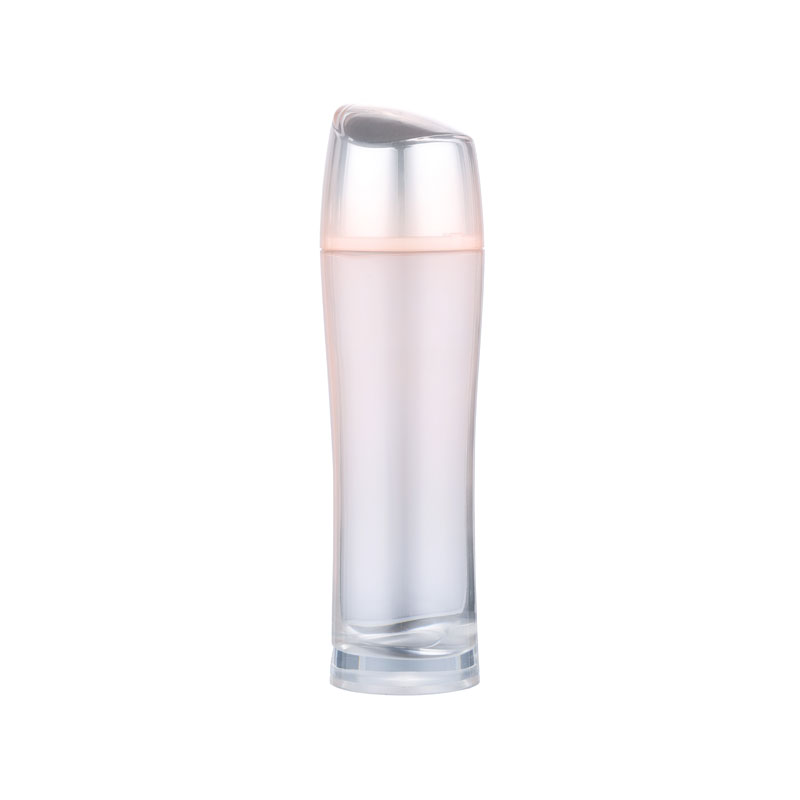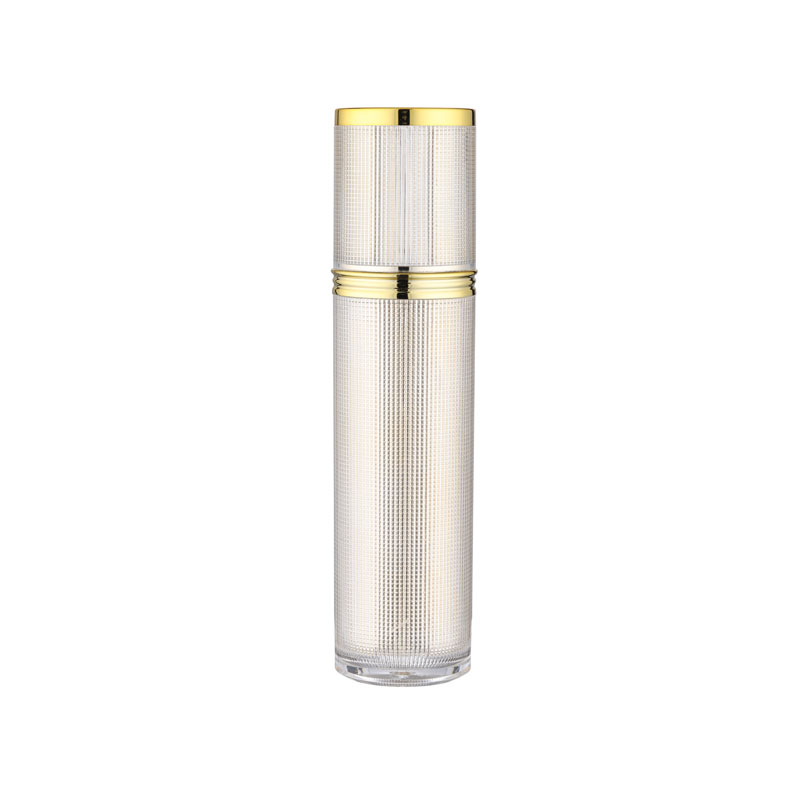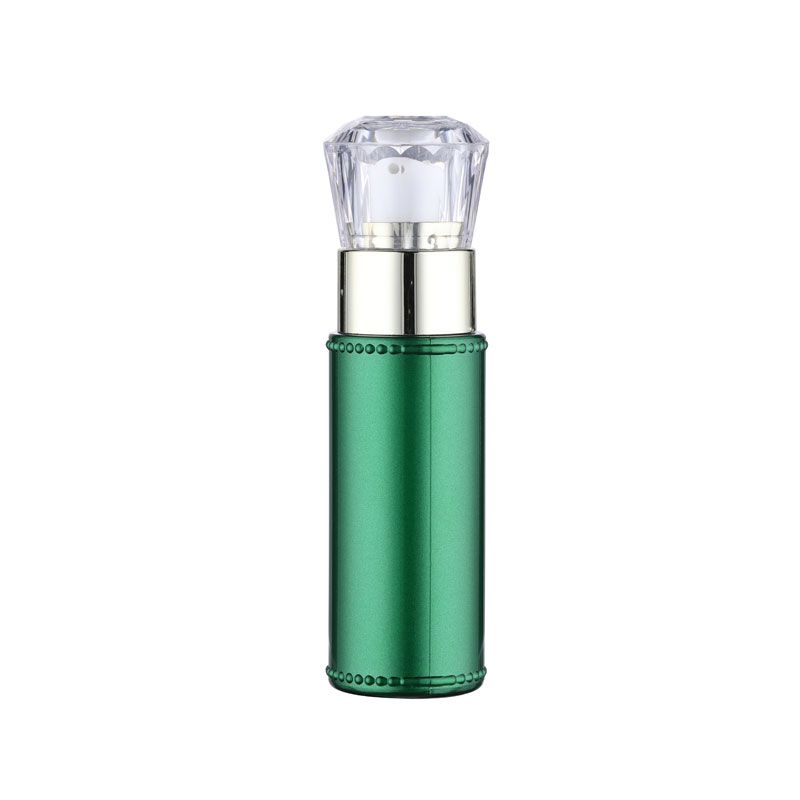Plastic cosmetic containers are designed to prevent air or moisture from entering and spoiling the product inside through various mechanisms. Here are some ways in which plastic cosmetic containers achieve this:
1. Tight Seal: Plastic containers often come with screw-on caps or snap-on lids that create a tight seal when closed. These closures are designed to fit securely, preventing air or moisture from entering the container.
2. Gasket or Liner: Some plastic containers feature a gasket or liner made of materials like foam or rubber. This additional layer creates an airtight seal when the container is closed, further preventing air or moisture from seeping in.
3. Tamper-evident features: Plastic cosmetic containers often include tamper-evident features like induction seals or shrink bands. These features provide a clear indication if the container has been opened or tampered with, ensuring the integrity of the product inside.
4. Barrier Properties: Certain plastic materials used for cosmetic containers have excellent barrier properties, preventing the transfer of oxygen or moisture. For example, materials like PET (Polyethylene Terephthalate) or HDPE (High-Density Polyethylene) have low moisture vapor transmission rates, reducing the risk of spoilage.
5. Multi-layered Structure: Some plastic containers have a multi-layered structure, with different layers offering specific barrier properties. For instance, an inner layer may be made of a barrier resin to prevent oxygen or moisture from penetrating, while an outer layer provides structural support.
6. UV Protection: Plastic containers for cosmetics that are sensitive to light often incorporate UV additives or opaque variations to shield the product from harmful UV radiation. This helps to preserve the product's stability and quality.
7. Desiccants or Moisture Absorbers: To further protect cosmetics from moisture, some plastic containers may have built-in desiccants or moisture-absorbing materials. These help to absorb any moisture present in the container, keeping the product dry and undamaged.
8. Testing and Certification: Plastic cosmetic containers undergo rigorous testing to ensure their ability to prevent air or moisture ingress. Various certification bodies evaluate the container's barrier properties and determine if it meets industry standards for product preservation.
In conclusion, plastic cosmetic containers employ various techniques such as airtight seals, gaskets, tamper-evident features, barrier properties, UV protection, desiccants, and certification to prevent air or moisture from entering and spoiling the product inside. These measures ensure the longevity and quality of cosmetics for consumers.

 English
English 简体中文
简体中文


